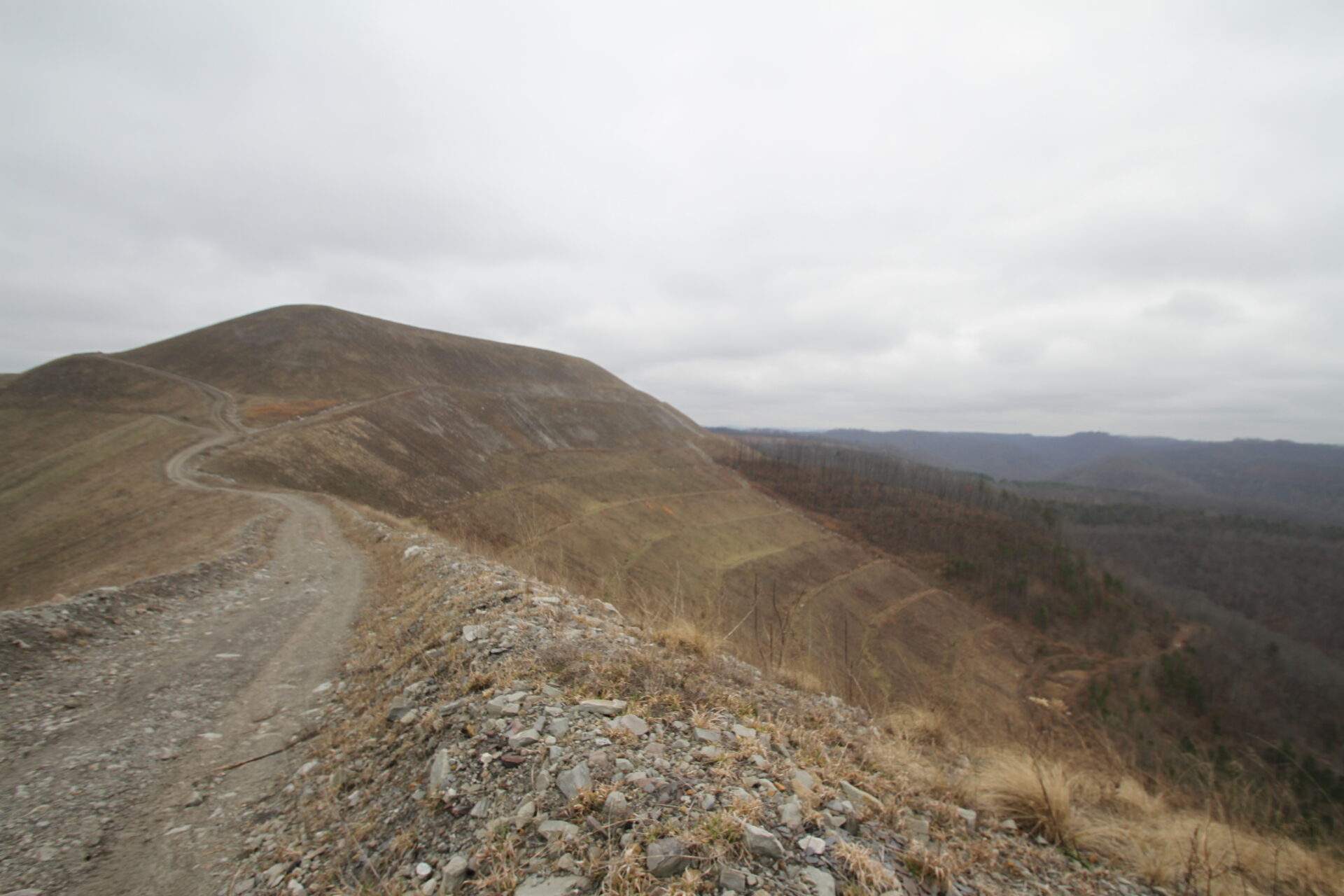In an effort to repurpose abandoned mine lands, state officials have granted millions of dollars in federal funding to community development projects on former West Virginia coalfields.
The funding was secured in the latest round of the Abandoned Mine Land Economic Revitalization (AMLER) Program. Since 2016, the program has provided federal dollars to community and economic development projects that rehabilitate coalfields, as well as the towns surrounding them.
West Virginia has hundreds of abandoned coal mining sites, with an estimated 173,000 acres of land across the state abandoned before 1977 alone.
For 2024, West Virginia was granted just under $30 million through the U.S. Department of the Interior’s Office of Surface Mining Reclamation and Enforcement (OSMRE), which oversees the program.
This year’s funding marks the most West Virginia has received since 2016, the first year of the program.
With OSMRE’s final approval still pending, West Virginia officials said that this year’s funding would be divided between 10 different economic development initiatives across the state.
Projects selected for funding by state officials this year include a cattle processing facility in Brooke County, a sports park in Marion County and a heritage center in Ohio County.
Announced Thursday, the following projects were tapped for AMLER funding this year by the West Virginia Department of Environmental Protection, the West Virginia Department of Commerce, the West Virginia Department of Transportation and the Governor’s Office:
- Chief Logan Resort and Recreation Center, Logan County: $6,800,000
- West Virginia Farm Foods, Brooke County: $4,000,000
- City of Thomas Water Improvement Project, Tucker County: $3,000,000
- Cleanwater RU2 Process Project, Kanawha County: $2,950,000
- Ashland Resort Tourism Park, McDowell County: $2,993,500
- Liberty Station Lodge & Tavern, Mercer County: $2,421,968
- Opal Smith Highwall and Roanoke Center Expansion, Lewis County: $2,406,739
- Gravity Adventure Park, Kanawha County: $2,163,954
- Wheeling Heritage Center, Ohio County: $2,011,172
- Baxter VFD Sports Park, Marion County: $600,000
